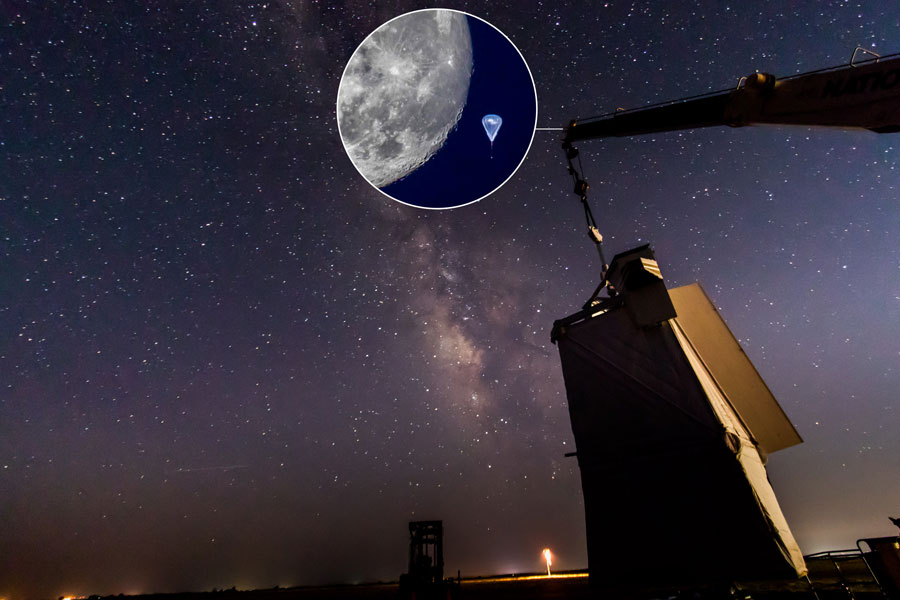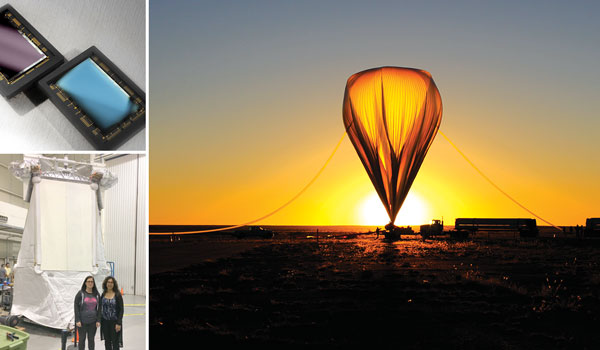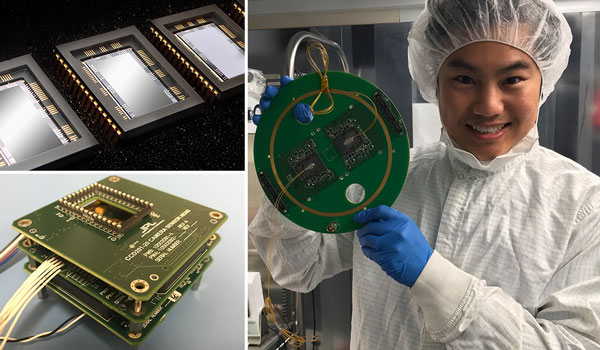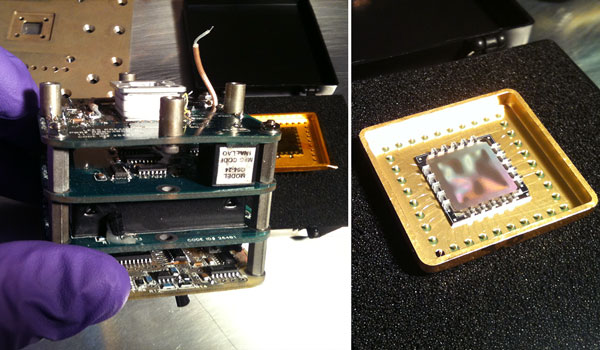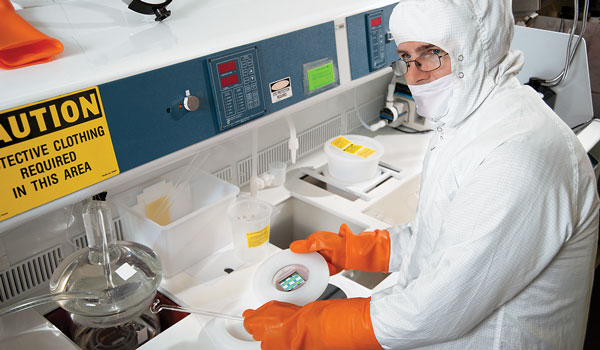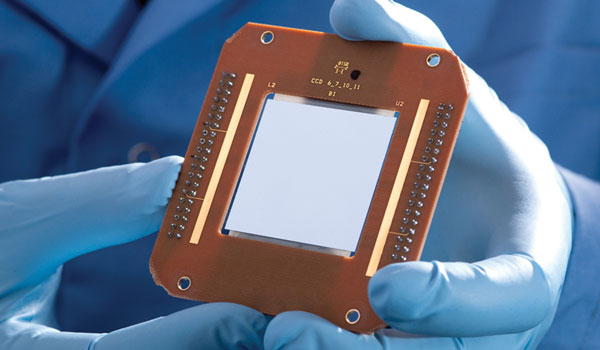Above:
FIREBall-2 during pre-flight sky tests at the Columbia Scientific Balloon Facility in Fort Sumner, New Mexico Image courtesy P. Balard. Inset shows the experiment in flight alongside a full Moon. This is a real, non-photoshopped image of FIREBall-2 hanging from the balloon with the moon in the background. Image by Mouser Williams, Los Alamos, NM, September 22, 2018.
